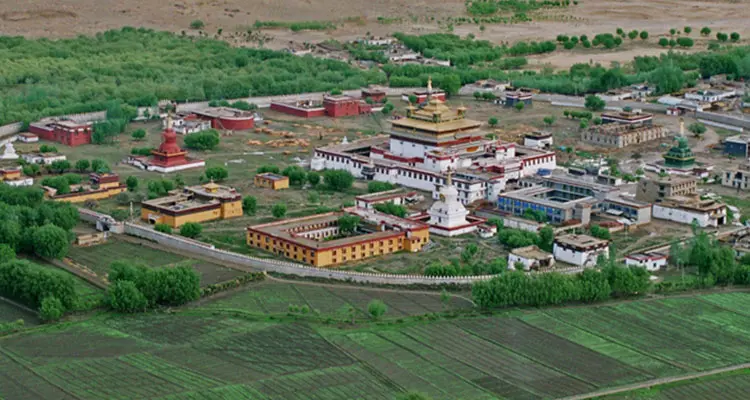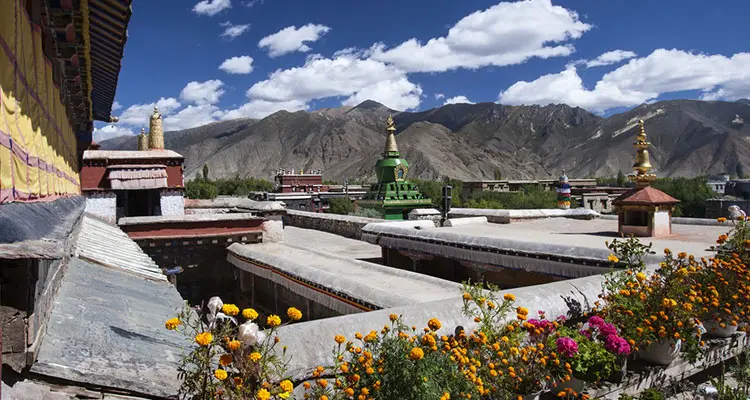Travel Guide
9-Day Tibet Tour with Lhasa and a Ganden–Samye Trek

Fulfill the Most Scenic Pilgrmage in Tibet
This private Tibet tour includes the best of Lhasa and the most rewarding trekking route near Lhasa.
You\’ll ascend into the amazing Potala Palace, visit the top three monasteries of the Gelug (Yellow Hat) Sect of Tibetan Buddhism, witness the magnificent landscape between the Lhasa River valley and the Yarlung-Tsangpo Canyon, meet friendly Tibetan people, and arrive at \”the cradle of Tibetan history and culture\”at the end.
Lhasa and a Ganden–Samye Trek Map
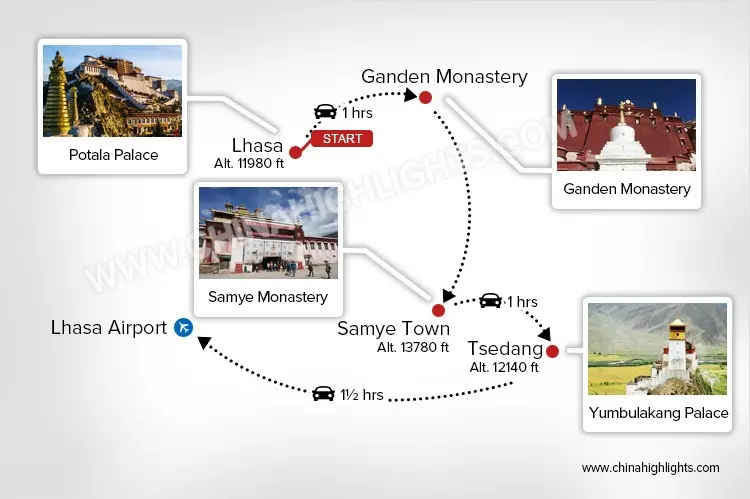
Tour \’Wow\’ Points
Connect the Lhasa River Valley and the Yarlung-Tsangpo Canyon with Your Footprints
Follow in the steps of Tibetan monks\’pilgrimaging between the two great monasteries. Experience the snowy mountains and awesome valleys, rivers, lakes, and meadows during a 4-day trek.
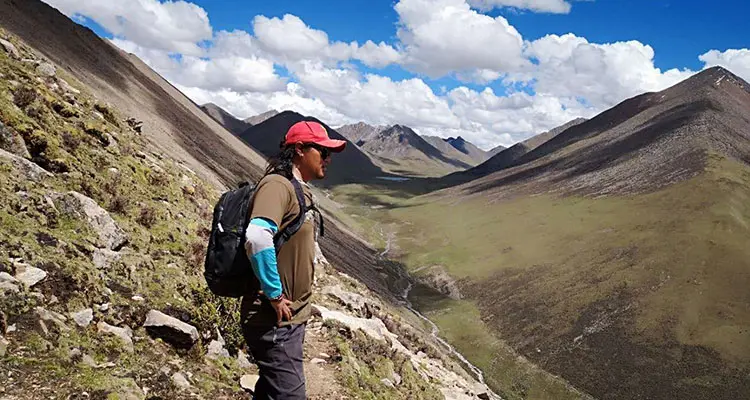
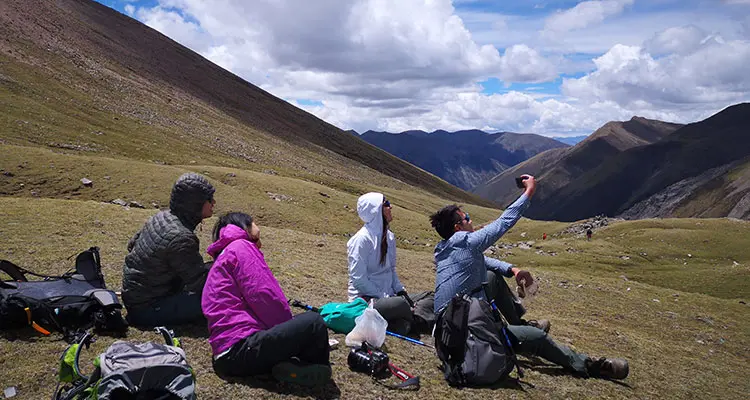
See Tibet\’s First Palace and Greatest Palace
Discover the origins of the Tibetan history in Yumbulakang Palace, and unlock stories of the mysterious Dalai Lamas in the Potala Palace.
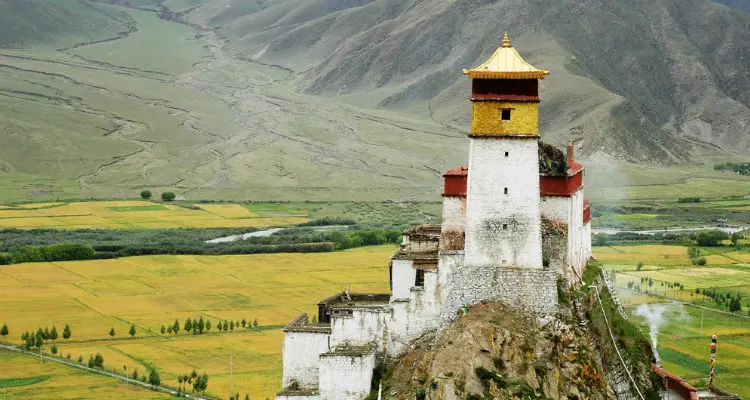
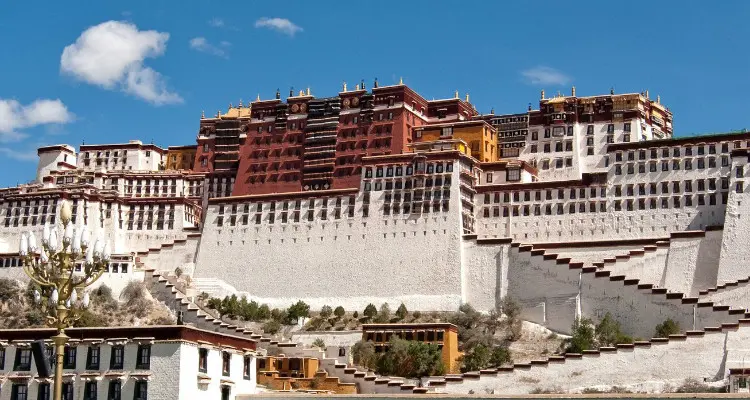
Step into Tibetan Life in the Less-Touristy Corners of Barkhor Street
Feel the piety of local Tibetans as you see them worship with their whole body touching the ground. Explore a local market to experience Tibetan daily life and sit in a peaceful nunnery for a cup of sweet tea that\’s loved by locals.
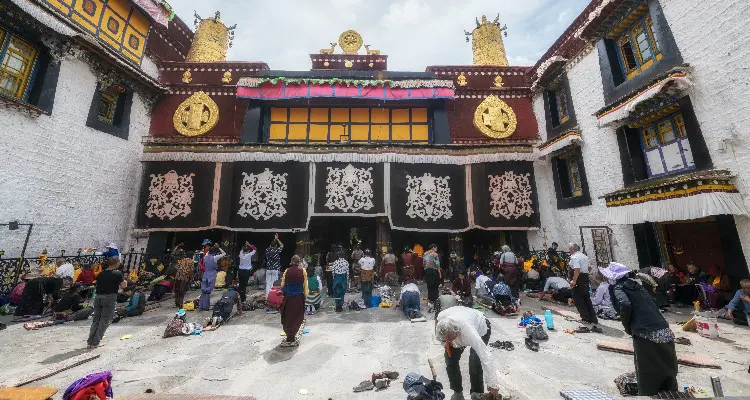
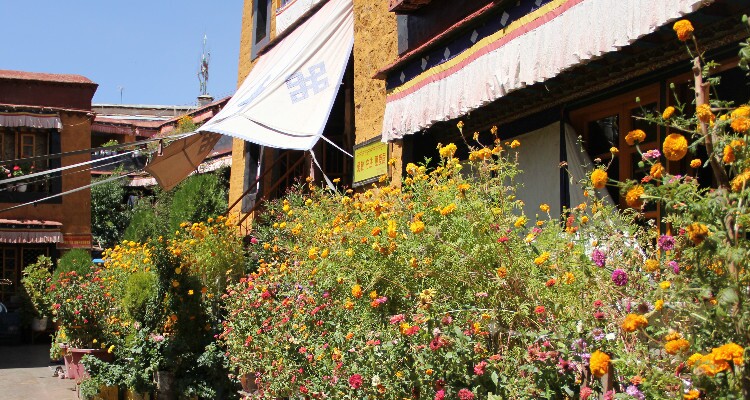
Appreciate the Splendid, Fortress-Like Ganden Monastery
Visit the ancestral monastery of Tibetan Buddhism\’s Gelug Sect. Enjoy the magnificent architectures, exquisite murals, priceless Buddhist art work, and the tranquility there.
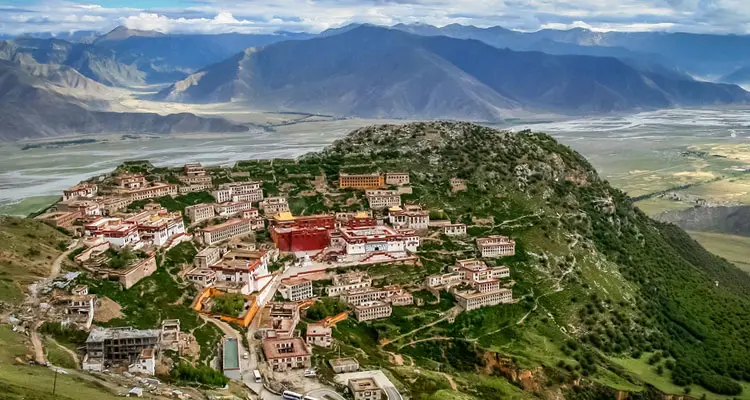
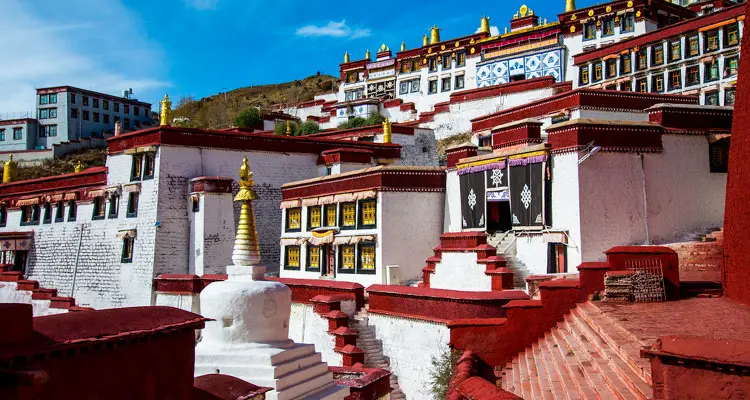
Delight in the Lovely Colors of the Pagodas in Samye Monastery
Visit the \”cradle\”monastery of Tibetan Buddhism. Find clues to the birth and development of Tibetan Buddhism in Samye\’s architecture, containing the styles of India, the Han Chinese empire, and Tibet\’s own distinctive identity.
